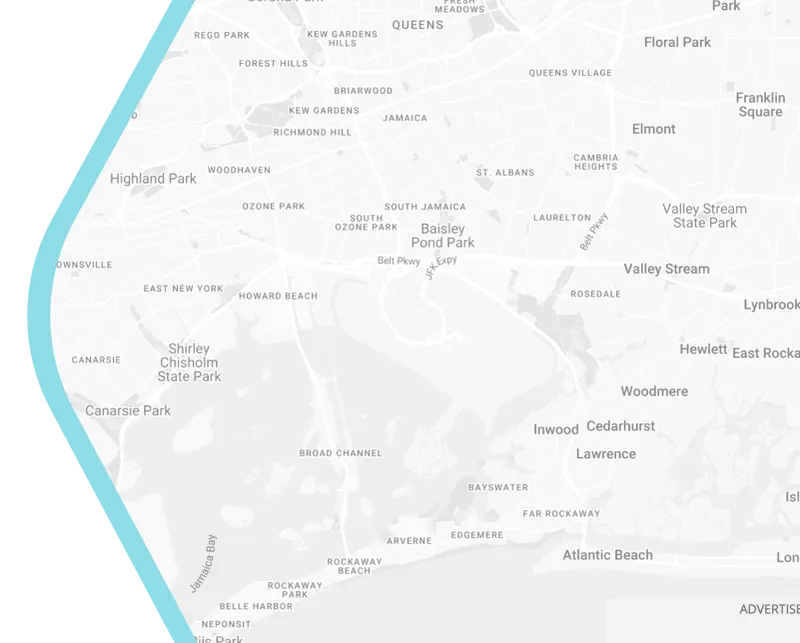
Repurposing Parking Garages into Vertical Farms for Urban Food Security
Beneath the concrete skeletons of deserted parking garages, a quiet revolution is sprouting. As cities like Sydney and Melbourne grapple with supply chain disruptions and climate-induced crop failures, urban planners and developers are uncovering potential in the most unlikely places: multi-story car parks. Once symbols of urban sprawl, these underused structures are being reborn as vertical farms—hydroponic ecosystems where lettuce grows under LED suns and strawberries ripen without soil. This transformation isn’t just innovative; it’s a lifeline for urban food security in an era of uncertainty.
The Unlikely Transformation From Concrete to Crops
Picture a five-story parking garage in central Brisbane. Before its conversion, it sat half-empty, swallowing valuable real estate while contributing nothing to community resilience. Today, its concrete ramps cradle stacked hydroponic trays bursting with kale and basil, illuminated by energy-efficient pink-hued LEDs. This metamorphosis solves two urban crises at once: the global decline in arable land (projected to shrink by 15% by 2050) and the oversupply of parking infrastructure, where up to 40% of city-center space sits idle post-pandemic. Unlike traditional farms, these vertical oases operate year-round, shielded from droughts and floods—critical for Australia’s climate-vulnerable food systems.
Why Parking Garages Are the Perfect Hosts for Vertical Farms
Parking structures offer inherent advantages for vertical farming. Their open layouts, high ceilings, and ramped accessibility simplify retrofitting. Robust electrical systems built for vehicle charging stations easily power LED grow lights, while ventilation ducts designed for carbon monoxide manage humidity. Developers in Adelaide have discovered that the concrete construction naturally maintains stable temperatures, slashing energy costs by 30% compared to purpose-built farms. Most importantly, they sit where people live—placing fresh food minutes from apartment towers and food deserts. As Melbourne architect Elara Chen notes, "We’re not just growing vegetables; we’re growing community resilience in dead spaces."
How Technology Makes the Impossible Harvest Possible
The magic lies in closed-loop systems. In Sydney’s "ParkGrow" initiative, sensors monitor nutrient levels in water, automatically adjusting mineral blends for each crop tier. Custom aeroponic misters nourish roots suspended in air, using 90% less water than soil farming. Meanwhile, AI algorithms cross-reference weather data with energy prices, scheduling LED "daylight" during off-peak hours. This isn’t hobby gardening—it’s precision agriculture scaled vertically. The result? One repurposed garage in Chatswood now yields 12,000kg of produce annually, supplying local schools and hospitals with hyper-local greens.
Tangible Benefits Beyond Food Production
The impact cascades across urban ecosystems. Environmentally, vertical farms eliminate food miles—a single parking garage farm can offset 180 tonnes of CO2 from transport annually. Economically, developers gain new revenue streams: leasing unused spaces to ag-tech startups costs less than demolition. Socially, these hubs become classrooms. In Perth’s "GrowGarage" project, formerly vacant levels now host vocational training in hydroponics for at-risk youth, blending job creation with food sovereignty. Even architecture benefits—living walls cool surrounding streets, mitigating the urban heat island effect.
Navigating Challenges With Creative Solutions
Retrofitting isn’t without hurdles. Zoning laws often prohibit "agriculture" in commercial zones, but cities like Brisbane now classify these projects as "mixed-use resilience infrastructure." Energy demands remain high, but solar canopies on garage rooftops provide 40% of power needs. Skeptics question profitability, yet modular designs allow phased implementation—starting with one level to prove viability. As tech provider UrbanGreens advises, "Start small, stack smart, and let the yields silence doubters."
The Future of Urban Nourishment
From Melbourne to Manchester, the movement is accelerating. Singapore’s "Park + Plant" network now supplies 10% of its leafy greens from converted garages, while Detroit plans 15 sites to combat food deserts. For Australian cities, this represents more than innovation—it’s a pragmatic blueprint for food sovereignty. As climate volatility intensifies, repurposing these concrete giants into vertical farms transforms liabilities into lifelines, ensuring that even in dense urban cores, communities can feed themselves. The parked car made way for parked plants, and in doing so, redefined what it means to build a resilient city.
